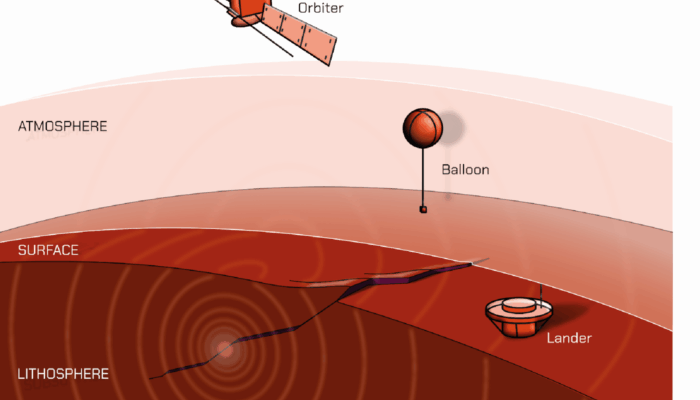Every leadership transition marks the beginning of a new chapter, bringing fresh perspectives, new priorities and opportunities for growth. This year, the EGU Geodynamics Division warmly welcomes Professor Laetitia Le Pourhiet as its new president. A renowned researcher at the Institut Universitaire de France and Sorbonne Université, Prof. Le Pourhiet steps into the role with a clear vision for th ...[Read More]
Iris van Zelst – GD Outstanding ECS Award 2025

The 2025 Outstanding Early Career Scientist Award of the Geodynamics Division was awarded to Iris van Zelst in recognition of her outstanding ability to connect research fields including earthquake dynamics, planetary sciences and geodynamics, along with her profound engagement with science outreach and promotion of diverse and inclusive working enviroments. In this interview, Iris -also former EG ...[Read More]
Notice! – Your public data has been collected to study the diversity of the geodynamics community over time
Dear Geodynamics community, This is your trusted former Editor-in-Chief speaking. I have an important announcement! In very exciting news, the team behind the 101 Geodynamic modelling paper (which I am sure you have read and loved, right? No? Well, what are you waiting for?! Check it out here!) has reunited to write another very relevant paper tailored to the geodynamics community. You’re we ...[Read More]
The Geodynamics Division @ EGU25
With the EGU General Assembly (GA) less than a month away, attendees should start planning their schedules to get the most out of the week. In today’s blog, Geodynamics (GD) Division Early Career Scientist (ECS) representative Garima Shukla highlights the GD Division’s networking events and provides an overview of key events at the GA. Networking Events: Geodynamics Division What: ECS ...[Read More]


